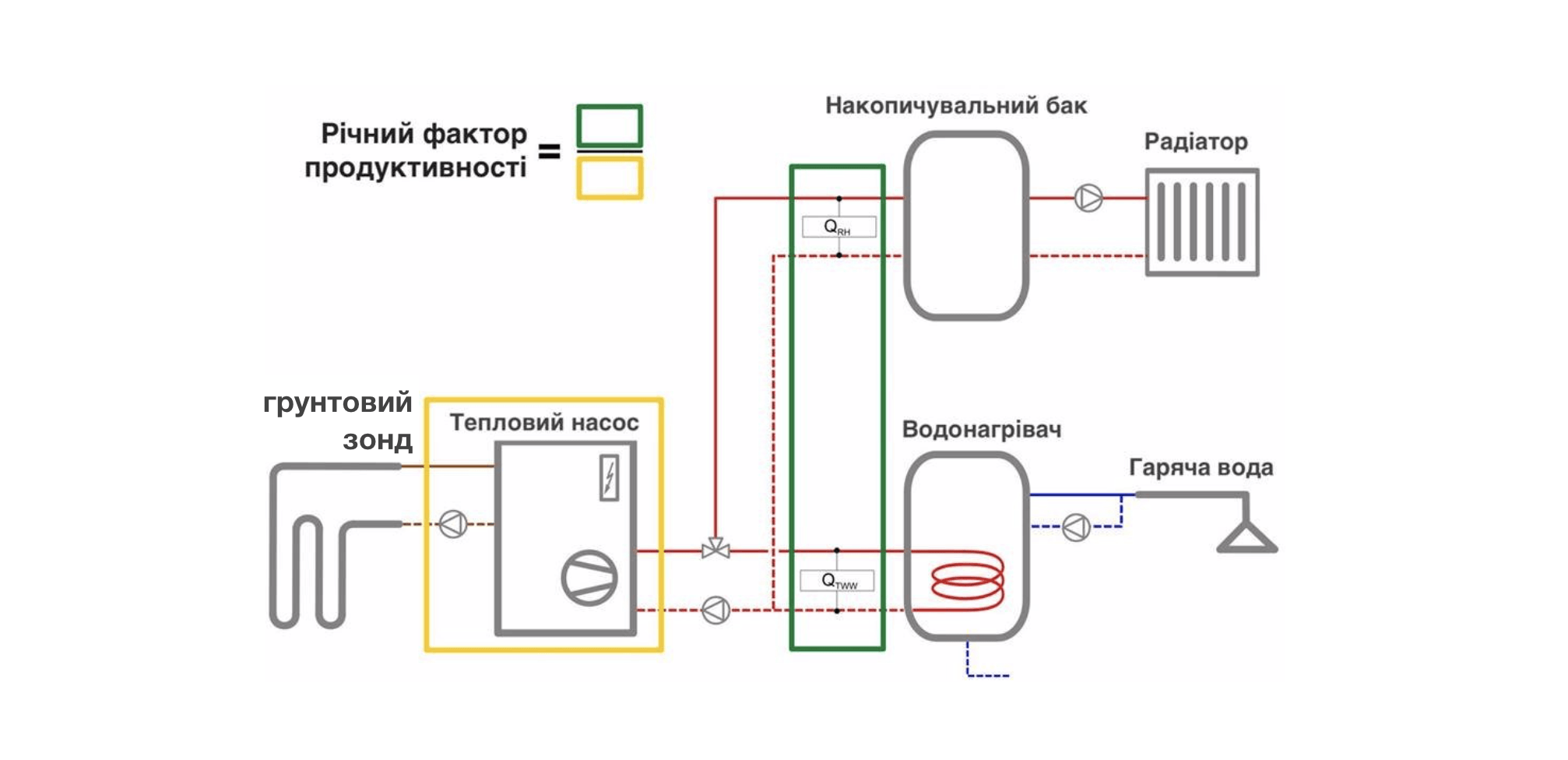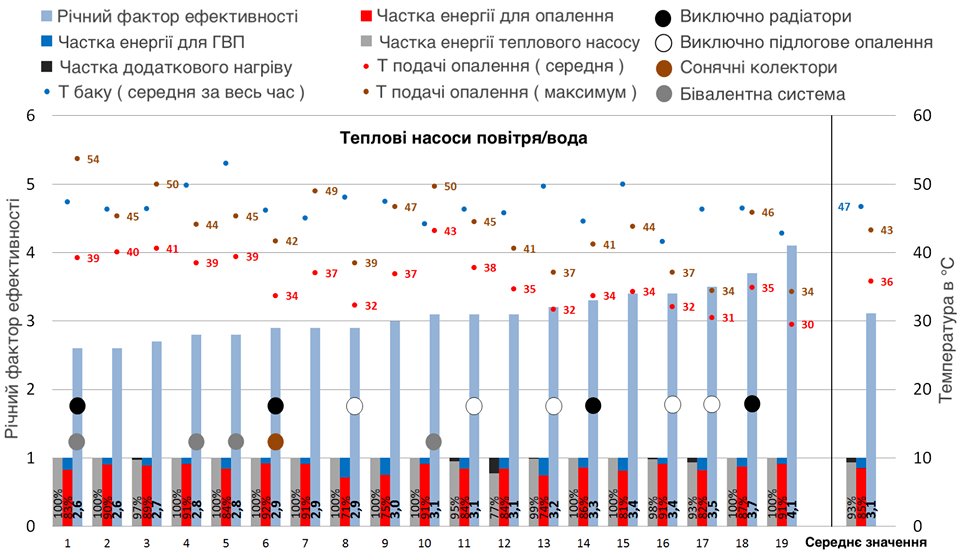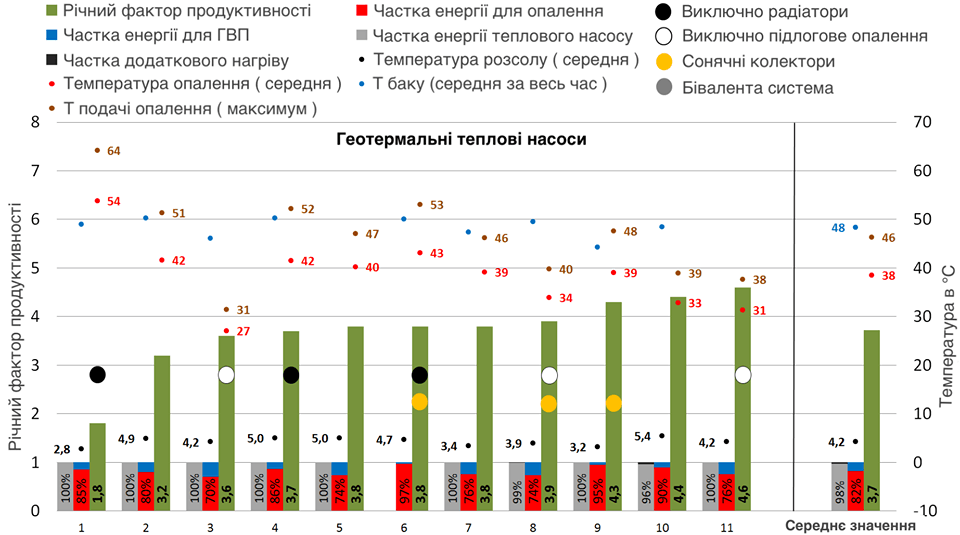The heat pump has become Europe's most sought after heating equipment in 2018. The bulk of sales were for new construction. However, in order to further increase the potential for reducing CO2 emissions, in the future, heat pumps must be massively integrated into existing buildings.
According to the forecasts of the Agora Energiewende think tank and the BDI, the demand for heat pumps will increase to 14 million units by 2050. And the main share, up to 90% will be air heat pumps.
In order to improve the functionality, efficiency and integration of heat pumps in heating systems, the Fraunhofer ISE Institute, within the WPsmart im Bestand project, has been analyzing the operation of heat pumps in the field on real facilities for over 12 years. We analyzed 15 systems with air / water heat pumps and 12 installations based on geothermal heat pumps (brine / water). All of the surveyed homes are at least 20 years old, most of them built from 1950 to 1995. The energy status of buildings is also very different. Radiators, convectors and underfloor heating systems are used as the heating surfaces.
When calculating the Annual Performance Factor (JAZ), the following electricity consumers were considered: a heat pump, a heat source drive (primary brine circuit pump or fan), and an additional heating element. Thermal power values are measured in front of the drive. The interim results are based on the period from July 2017 to June 2018.

Of particular interest is the comparison of the data obtained with the results of the monitoring carried out ten years ago. The average annual JAZ productivity factor in the new study is 3.1 for air / water systems and 3.7 for geothermal systems. This is 19% and 12% higher than the values obtained 10 years ago. The reasons for this are quite diverse:

Brief analysis of JAZ results for all heat pumps:
In the figure, air / water systems are presented in accordance with the growth of annual performance. JAZ ranges from 2.5 to 3.4. The newly renovated home has reached 4.1. The average value of all installations is 3.1. The tendency to reach a higher value of JAZ is clearly observed, provided that the temperature in the heating circuit is lower.
The correlation between the efficiency and the temperature of the heating circuit is less pronounced for the twelve geothermal plants considered here than for the air / water heat pumps. This indicates that real-time heat pumps face many different factors that affect performance. The main advantage of heat pumps lies in the higher temperature of the heat source, which makes it significant in the main period of the heating season. During the entire measurement period, the brine temperature was in the range of 2.8 ° C and 5.4 ° C.
Measurements confirmed that high temperatures of the heating circuit reduce the efficiency of the system. Such a negative impact on efficiency can be clearly seen in the example of installation # 1, where with a maximum flow temperature of 66 ° C, the JAZ value was only 1.8!

Studies have once again shown that the efficiency of heat pumps depends on the proper design of the entire system and the need to use low-temperature heating systems. Combined with heat pump installations, surface heating / cooling systems provide comfort and low energy costs.
